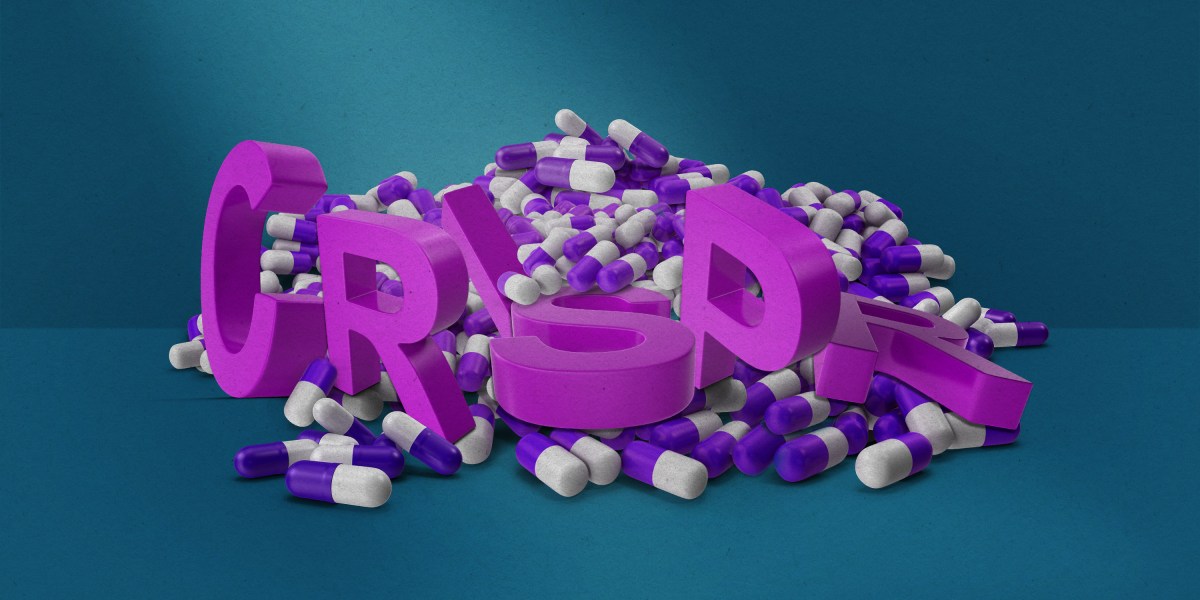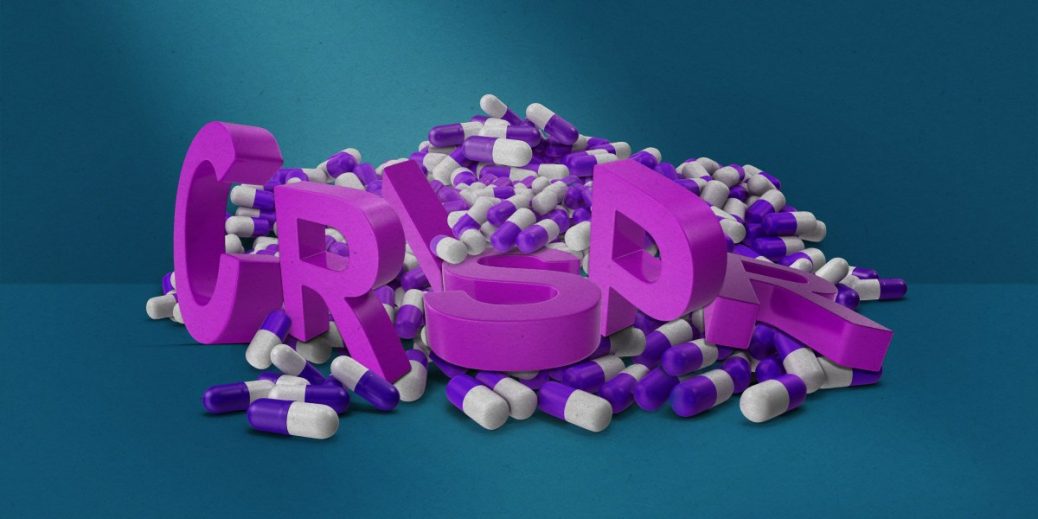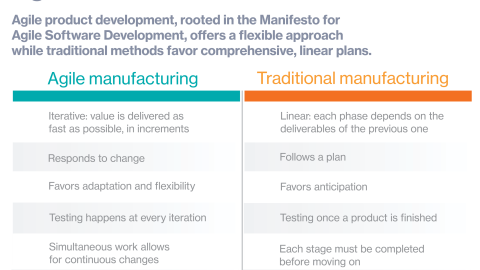
Such drawbacks are why a pill to alleviate sickle-cell, if developed, could sweep CRISPR from the playing field. A pill version could also resolve a brewing moral dilemma: Vertex so far has no plans to offer its gene-editing treatment in those countries where sickle-cell is most common.
A wide ribbon of lower-income nations across the middle of Africa, including Nigeria and Ghana, account for 80% of sickle-cell cases but, according to US researchers, lack the hospitals, medical expertise, and money to implement this complex intervention.
“One question I get a lot is: How are we going to get to the rest of the world?” says Altshuler. “And I think the answer is not by trying to do bone-marrow transplants in the rest of the world. It’s just too resource intensive, and the infrastructure is not there. I think the goal will be achieved sooner by finding another modality, like a pill that can be distributed much more effectively.”
Three strategies
In an interview with MIT Technology Review, Altshuler outlined three ideas Vertex is exploring to improve on its breakthrough CRISPR treatment.
One is to come up with a substitute for the intense chemotherapy that’s used to kill a person’s bone marrow and make space for the edited cells to take over. Vertex and other gene-editing companies, like Beam Therapeutics, say they are looking into gentler methods that could make the procedure easier for patients.
A second strategy Vertex and other companies are exploring is called “in vivo” editing. That’s when gene-editing molecules are dripped directly into a person’s veins, or even injected like a vaccine, no transplant needed.
To achieve in vivo editing for blood diseases, research groups are trying to develop homing systems—viruses or special nanoparticles—that would convey CRISPR directly to a person’s blood-making stem cells. Such “single shot” editing concepts have won substantial support from the Bill & Melinda Gates Foundation, which thinks it could help solve sickle-cell and HIV in Africa. But it remains at an experimental stage, and some question if it will ever be possible.
The final idea is a conventional drug, the kind you swallow. That would be the easiest to distribute where it’s needed. Angela Koehler, a biochemist at MIT, says “broadly accessible” drugs with a “low barrier to access” would have the greatest impact on sickle-cell disease globally.





Recent Comments